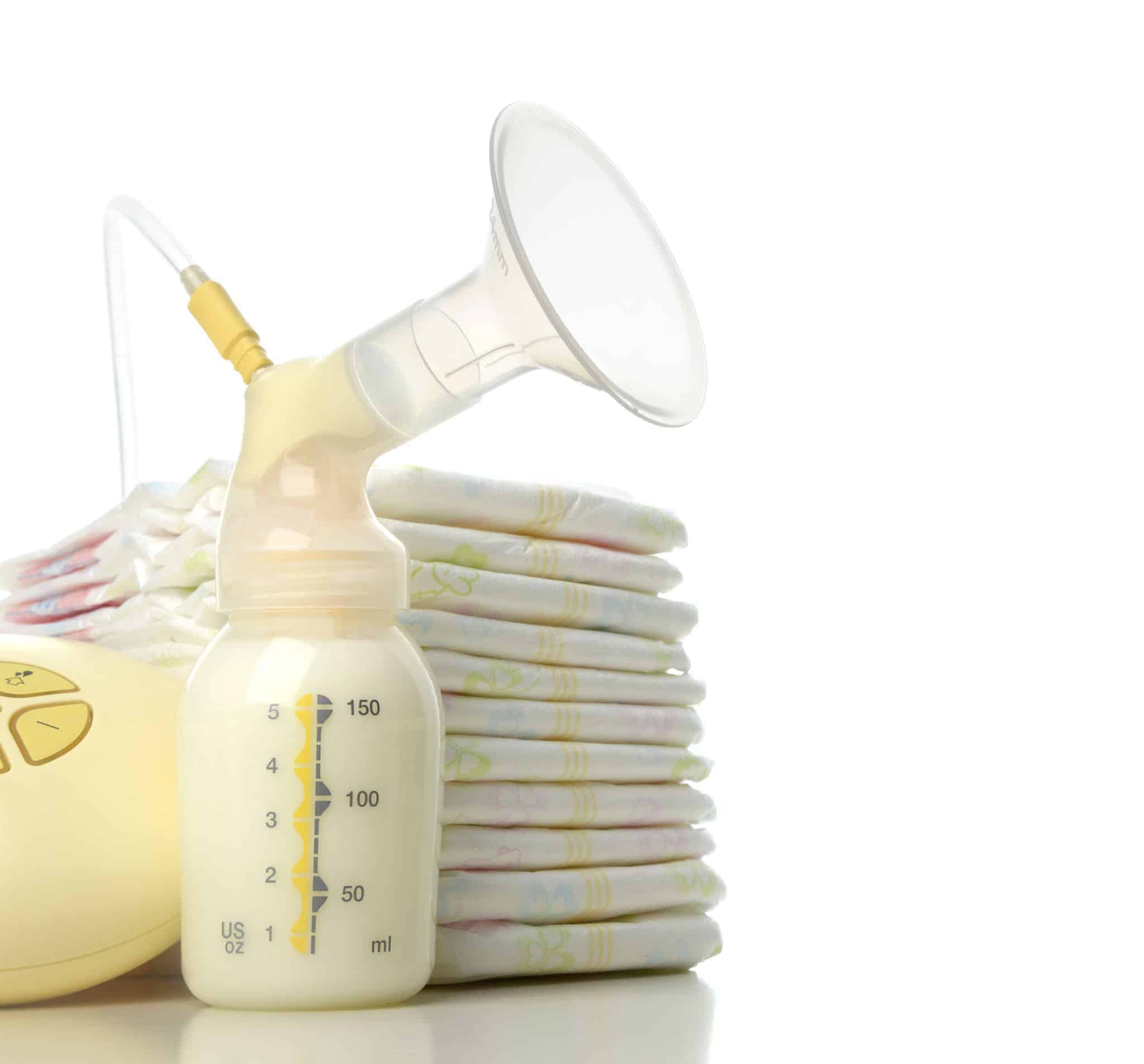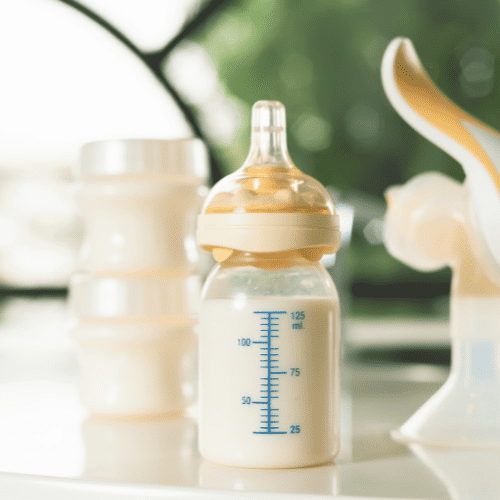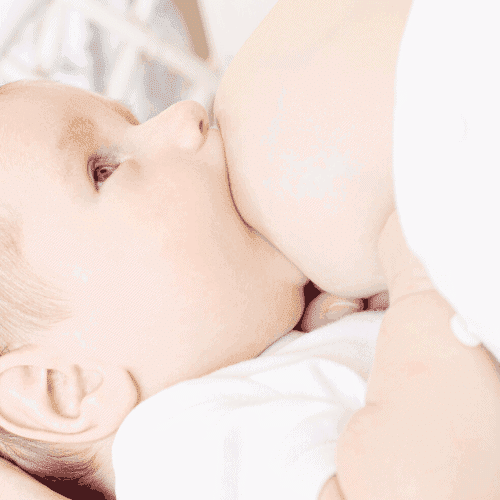If you are carrying a child, it may sound unusual that using a breast pump could induce labor. However, there is some science behind it to suggest that it is a science-based and evidence-based practice that can be used with effectiveness in those that are carrying an overdue pregnancy, people who are past their due dates, or full-term pregnant people.
Doctors commonly employ the use of oxytocin to induce labor, both in a controlled environment in a hospital or at home when people want to go through a home birth. However, the drug that doctors may administer is a type of synthetic oxytocin. This then signals to the body and uterus to begin contractions, and enter labor to deliver the baby.
Some people want to avoid the use of synthetic oxytocin or are simply looking for a simple natural birth induced naturally. Is this worth doing, and what do the statistics say about its success?
How should you go about it, and is it safe? Keep reading to understand the implications of using a breast pump or nipple stimulation to induce labor safely.
As an Amazon Associate, I earn from qualifying purchases. The links below may be affiliate links. Please read my disclosure policy for more information.
Does stimulating nipples to induce labor work?
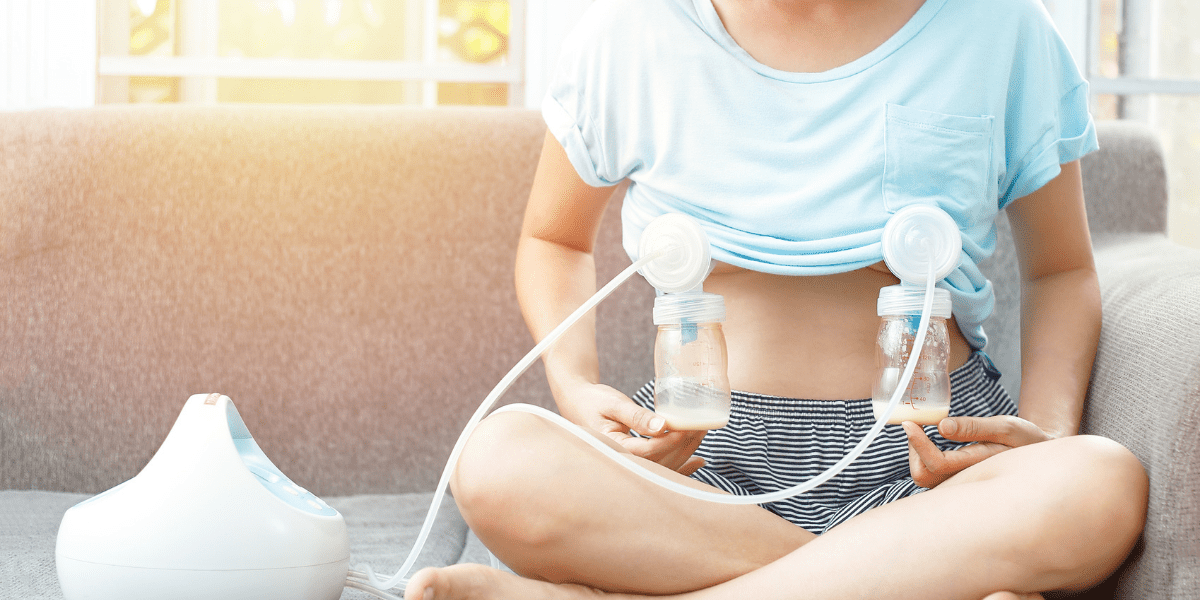
The evidence does suggest that nipple stimulation helps to induce labor, but mostly in those that are already heavily pregnant. There is some evidence to suggest that there could also be a link between using a breast pump, which stimulates the nipples by proxy, and labor as well, but this link appears to be more tangential.
Although nipple stimulation or using a breast pump may have a labor-inducing effect on certain people far in their pregnancies, near or past their dude date, it is not advisable to do this without consulting your doctor.
If you have a potentially high risk pregnancy, which can arise from a variety of both medically historical and personally historical factors, this is not advisable and any attempt to induce labor should be done in a controlled and supervised setting.
Moreover, it may be worth considering in these circumstances whether you require a caesarean section, and a doctor and your birthing team can help you make this decision safely.
How does inducing labor with nipple stimulation work?
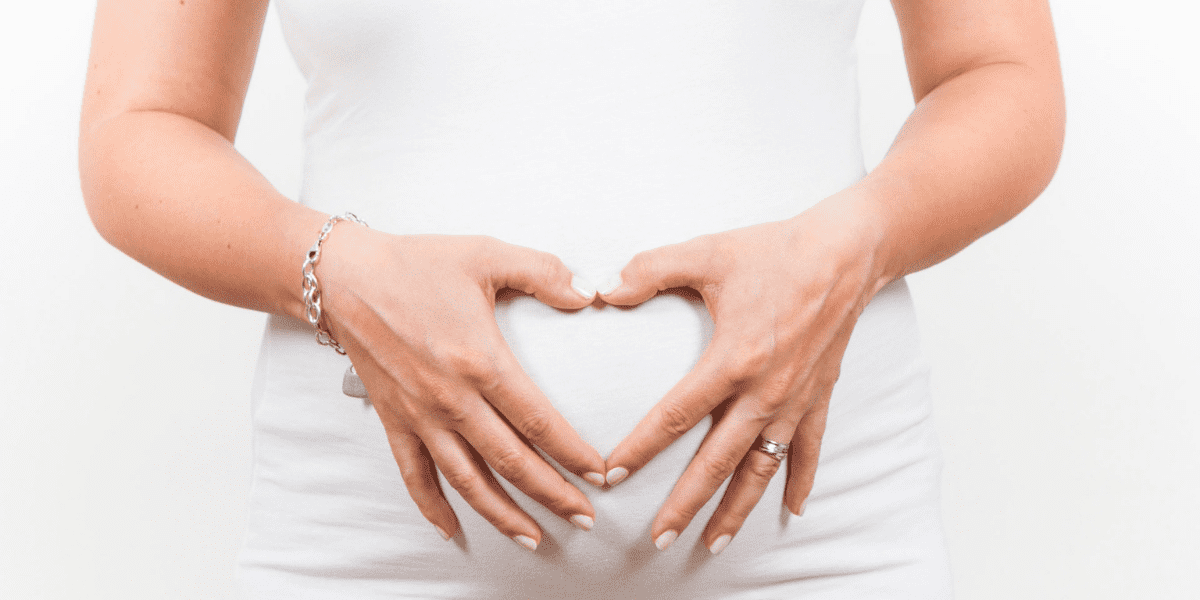
The method of inducing labor through nipple stimulation is legitimate and has some scientific backing. It is well established in the scientific community that the induction of labor requires oxytocin.
Following this, doctors may induce labor artificially in those that are past their due dates and need to deliver sooner rather than later, using an injection of synthetic oxytocin. This drug is known as Pitocin, and it is used in medical inductions.
However, the injection of synthetic oxytocin is not suitable for everybody. The use of synthetic oxytocin to induce labor in those that are due, or by their due date for their pregnancies is associated with some higher risk factors in pregnancies.
Moreover, some may be unwilling or afraid to go through with a pregnancy that has some unnatural factors in the delivery. Of course, for some people carrying a child, this aspect is unavoidable. For other people however, there is evidence that where possible, natural births are healthier and safer for both the parent and the child.
To induce labor naturally, there is a suggestion that the self-induction of natural oxytocin is highly effective. This is because oxytocin, as suggested earlier, induces labor. Oxytocin is a hormone that indicates to the body that it should begin contractions, and many of the following bodily processes, such as the dilation of the cervix.
Oxytocin is a complicated hormone in the human body, often associated with the name of “the happy hormone”. It is often considered to be associated with happiness, socializing, and sexual interactions. Oxytocin is released during orgasms, and it is also released when the nipples are stimulated.
Studies have thereby found that those due or overdue parents that stimulated the nipples continuously over a number of days not only experienced a higher rate of labor (and thereby induced labor), but also experienced pregnancies that may have been easier, more natural, and with less complications.
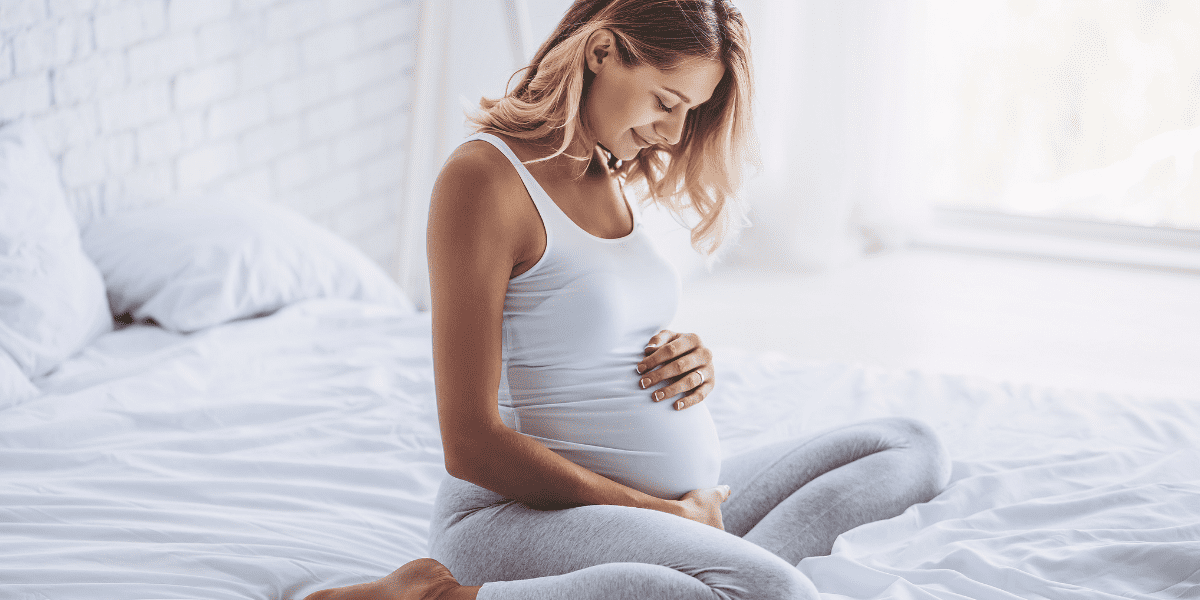
This should not be taken as direct causation, but potential correlation with regards to the deliveries being easier, as those who were able to stimulate may have had easier pregnancies simply due to a lack of complications. However, evidence seems strong that there is an ability to induce labor through nipple stimulation over the course of days.
Other studies have shown with hundreds of participants that nipple stimulation does appear to directly correlate with shorter periods of labor and delivery when carrying a child, over no stimulation at all and stimulation of the uterus.
In this study, none of the participants who stimulated the nipples had any form of caesarean delivery or surgery, compared to the control group of whom 8% required a cesearean in particular and of whom often required Pitocin (synthetic oxytocin) in order to properly initiate their birth periods.
The observation of less complications is, as mentioned, important not to take literally; it is possible that these less complicated pregnancies may simply have an easier time with self induction, and so a direct claim of causation should not be made.
That being said, there is a significant amount of evidence to suggest that labor can be stimulated through nipple stimulation and the subsequent release of oxytocin.
Should I induce labor with a breast pump?
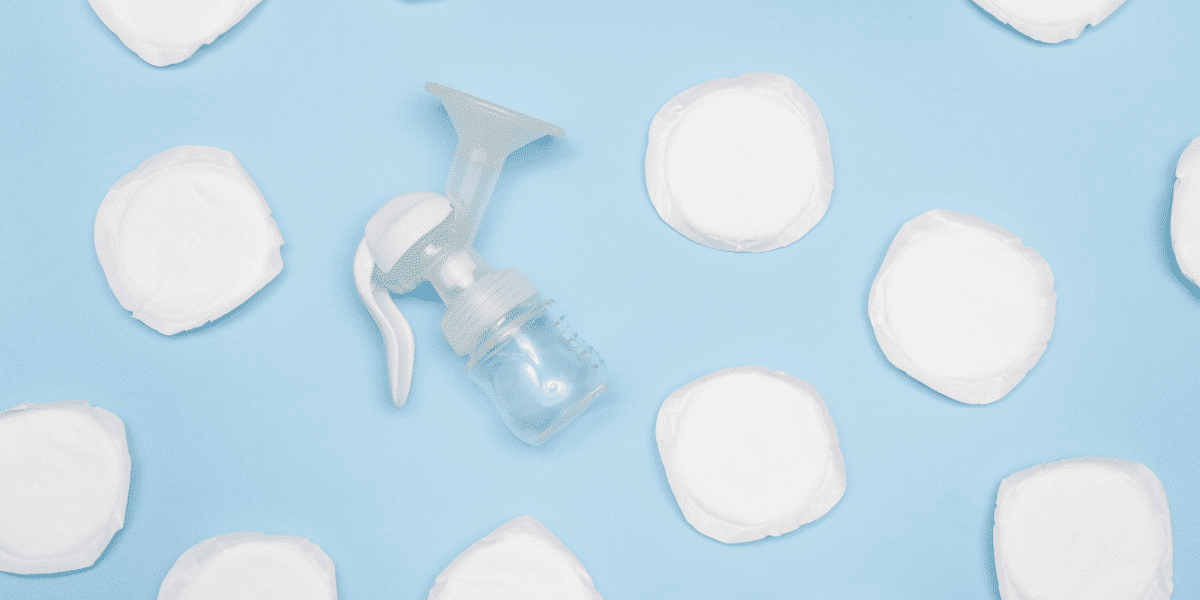
The science behind inducing labor with a breast pump is less solid, but it stands to reason that this should have some success as well. However, the nipple stimulation with a breast pump is lessened, and there are less studies to suggest a breast pump is as effective in this regard.
The use of physical touch on the human body that is observed in the nipple stimulation studies observed above may be conducive to the release of oxytocin, because as a social hormone it is often directly released by the touch of human skin.
For instance, oxytocin is often observed after childbirth when a parent holds their child, and is an important part of the bonding we experience with a baby. This is also associated with the direct skin-on-skin contact that is required in this context.
Although you may see some suggestions that using a breast pump is just as effective, it is important not to conflate the ideas of nipple stimulation and breast pumps. Although both theoretically interact with the nipple, the release of oxytocin as a hormone is very much associated with human skin contact and also potentially with arousal.
The encouragement of uterine contractions from the release of this hormone may well depend on actual physical interaction with the nipple through the finger, so if you find that using a breast pump does not work, using your hands to stimulate the nipple maybe the more effective and reliable option.
Many conflations of the two come from breast pump brands that are actively marketing their products.
However, there do not appear to be any greater risks associated with using a breast pump to induce labor. It simply appears that they may be less effective and are at the very least a lesser studied and understood method of doing so.
If you do choose to do so, just bear in mind that using your hands may be another option if you do not experience success.
How to induce labor with a breast pump?
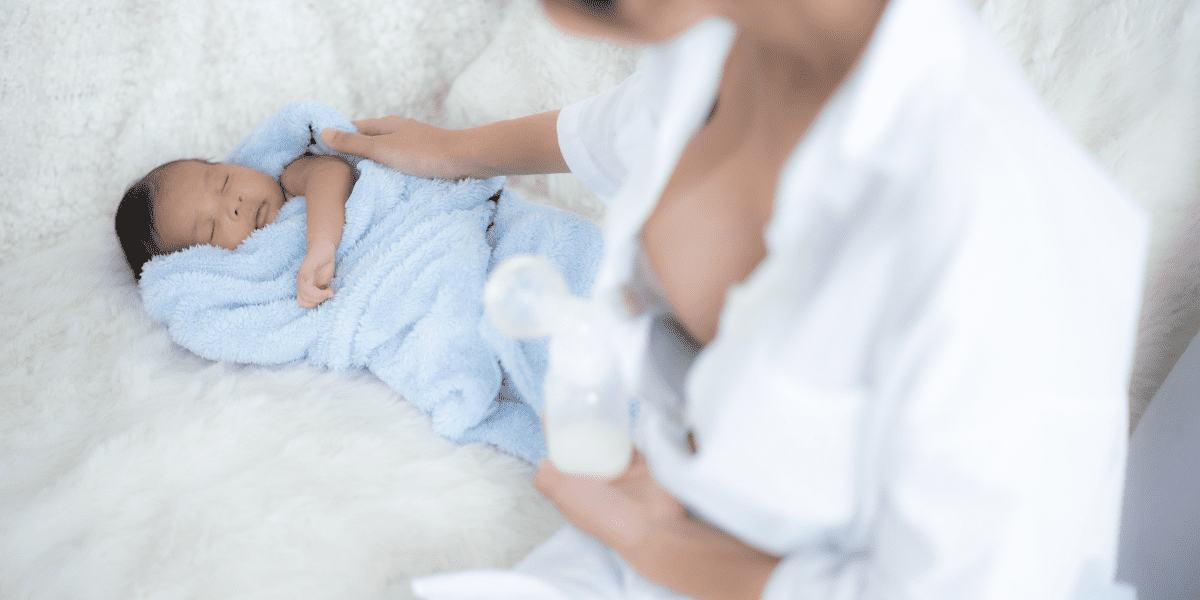
If you choose to use a breast pump to attempt to induce labor, bear in mind that you may not have any success. Do not overstimulate your breasts or hurt your skin in the attempt to do so, as this will adversely affect you and will likely have little effect in helping you to induce labor.
To use a breast pump to induce labor, use the pump for around 15 minutes per breast, switching when needed to ensure you do not hurt your skin or overstimulate your nipples. Attempt to maintain tight suction, but do not continue at a point where the suction hurts; just merely ensure it is affixed.
If you do not experience contractions within the hour, remove the breast pumps and attempt it tomorrow or whenever you are comfortable. As the process requires stimulating oxytocin from the brain, this is unlikely to occur if you are uncomfortable or sore.
If labor begins, you should be experiencing strong contractions. This is partially due to the process of nipple stimulation, which encourages stronger and more constant contractions from the oxytocin interacting with your brain and uterus to do so.
People who have their nipples stimulated to induce labor do experience shorter periods of delivery and labor, so it is important to contact your doctor right away. Once contractions begin, cease using the breast pump. These contractions may also begin up to a couple of hours after you stop using the pump.
Before using a breast pump to induce labor, do contact your doctor. Your doctor may inform you that inducing labor at home is not the right choice, to do it in a controlled setting, or even to be accompanied by friends or family when doing so.
High risk or even medium risk pregnancies should absolutely be considered with a doctors advice only, but if it is a safe option, using a breast pump to induce labor at home could be an option for you.
You should strongly consider, however, the use of manual nipple stimulation instead. This is more proven to be effective and scientifically backed. Moreover, much of the conversation about using a breast pump conflates the ideas of nipple stimulation and breast pump usage to those who are considering inducing their own labor.
These are not the same and the chemicals released during both are unlikely to be identical, and are at the very least not proven to be.
How to stimulate nipples to induce labor?

When considering stimulating the nipples to induce labor, it is vital to remember that while this is a well studied phenomenon, it has only been observed in low risk pregnancies. If your doctor has advised you that you may have a complicated period of labor and delivery, or that your baby could be at risk during the birthing period, do not induce labor at home.
Talk to your doctor first. This is vitally important for the safety of you and your baby.
If you are not at risk, and your doctor approves of using nipple stimulation to induce labor, you should also consider if it is necessary. Inducing labor should only be considered if your baby is already due, or if you are in fact late in giving birth and past the due date of the baby.
This is because being born prematurely is reported to have a significant impact on the health and safety of your baby, including birth weight and susceptibility to conditions like SIDS (Sudden Infant Death Syndrome).
If your baby is due and your doctor approves of using nipple stimulation, do also consider doing this under supervision of a doctor or a like health professional. Nipple stimulation has been widely studied, but there is no evidence that it prevents no risks at all simply because it has not been observed yet.
Nipple stimulation may not be successful for you, as it only seems to work if you are ready to go into labor.
Some anecdotal evidence suggests that nipple stimulation is associated with uterine hyperstimulation, which causes the uterine to contract too much over time. This condition can impede the supply of blood to the baby, causing difficulties with heart rate.
This has not been observed in a medical study as of yet and it is unknown the likelihood or impact of this occurrence. Moreover, it is important to remember that this is still a risk with using a breast pump as well, as they work through the same mechanism.
To induce labor through manual nipple stimulation, you can do it yourself or have a partner, friend or family member do it for you.
Stimulate the nipples for 5 continuous minutes, and then rest for 5 minutes. Continue this for 30 minutes, before taking a half hour break. Repeat this for a total of 1 hour stimulation and 1 hour rest; if you have not experienced contractions, rest and then begin later that day.
If you experience contractions, contact your doctor and follow your birth plan.
Nipple stimulation is associated with lower periods of active labor (up to half as long, with 3 hour periods compared with controls of 6 hours), lower rates of hemorrhages, cesarean deliveries, and more. Breast massages are also associated with some of these positive effects, so if you are comfortable, you could consider these as well.




